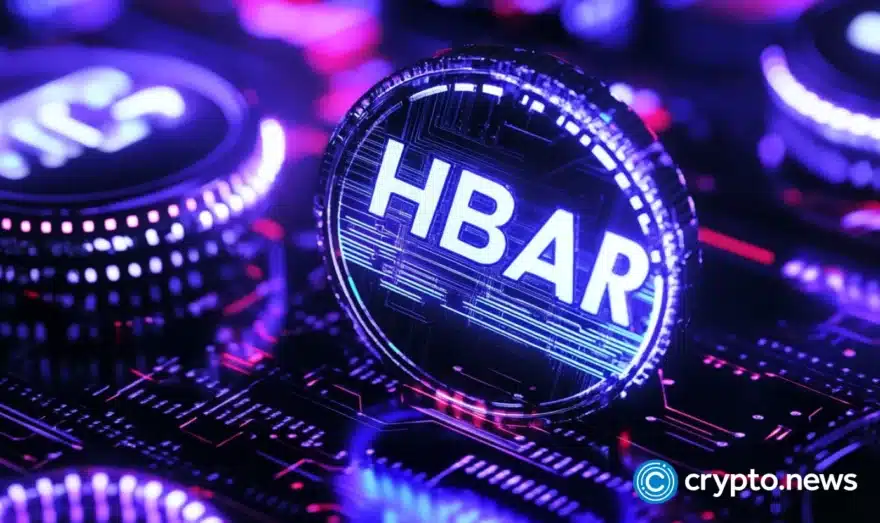More Pain For The Bitcoin Price: Will BTC Retest its 2020 Lows?

The Bitcoin price is in a tight range following the Fed’s announcement regarding monetary policy. Macro forces are also taking over global markets, which has increased the correlation between different asset classes. BTC is currently trading at $19,025.25, down 1.6% in the past 24 hours and 6% in the past seven days. The other major cryptocurrencies are also experiencing losses in similar time frames. The exception is the price of XRP, which has gained 29% in the past week.
Bitcoin Price Needs More Capitulation
The recent Ethereum merge and Bitcoin markets have completed the various price catalyzers in the short term. The market is now moving in tandem with traditional and macroeconomic factors.
The combination of these factors could provide a potential for a relief rally or a further decline in the financial markets. According to Jurrien Timmer, the Director of Macro at Fidelity Investments, the S&P 500 has started to capitulate.
Despite the recent decline, Timmer believes the market is still resilient and could bounce back. However, he noted that more capitulation is needed to establish a bottom. Via Twitter, the expert added:
“It’s surprising how little capitulation there has been in the market. Yes, the sentiment surveys are all negative, but actual flows have not been. That seems consistent with the lack of volatility in the market”.
According to Dylan LeClair, an analyst, Bitcoin is entering a bottom following the mining sector’s capitulation. He believes that this could cause a crash in the network hashrate. However, he noted that the exact cause of this crash is not yet known. LeClair also believes that the macroeconomic conditions will trigger another cycle similar to the past.
Is Bitcoin Poised to Retest its 2020 Lows?
Bitcoin is trading at 80% lower than its all-time high at the $69K level. That suggests that the price of the cryptocurrency may have bottomed out. It has formed a resistance against further declines.
Although the price of Bitcoin has already bottomed out, there could be more sideways movement in the near term as the Federal Reserve continues to raise interest rates. That could be supported by the potential decline in the US dollar.
Although the price of Bitcoin has already bottomed out, it could see more sideways movement in the near term as the Federal Reserve continues to raise interest rates. That could be supported by the potential decline in the US dollar. The DXY Index is currently trading above its 20-day moving average and could trigger a spike in selling pressure.
Bitcoin Bottom Seems in Reach
Around 30% of Bitcoin’s long-term holders (LTHs) are currently experiencing losses. That is due to the decline in value from $69,000 in November 2021 to $19,000 today. The amount is around 3% to 5% below the level at which Bitcoin’s market bottoms were.
In March 2020, Bitcoin’s price dropped below $4,000 as the COVID-19-led market crashed. That happened when the amount of supply held by LTHs in loss increased by around 35%.
The December 2018 low of $3,200 also coincided with the rise of the LTH loss metric to over 32%. Bitcoin then followed up with a bullish cycle. During a bear market, the number of LTHs in loss tends to peak in the 30% to 40% range. Given that Bitcoin’s price could still drop to around $10,000 to $14,000 before it reaches the historic bottom zone, some LTHs may still be at a loss.
The LTH supply metric, which measures the amount of supply held by long-term investors, also shows that these individuals tend to hold Bitcoin during market downturns and bull markets. That suggests that the next bull market could be triggered by the decline in the total supply of LTHs.
BTC Accumulation is Strong
According to Glassnode data, accumulated locations have increased significantly during the current bear market. The metric shows that these addresses have at least two incoming transfers and have not spent any funds.
This pattern suggests that despite the current price levels, the “HODLers” are still unfazed by the potential impact of the decline. The number of addresses with a zero balance has also increased significantly during the current bear market. That indicates that the number of people with a non-zero balance is growing.














